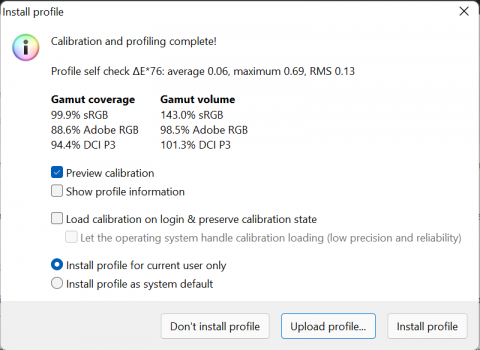When you use the scaled resolutions with a higher PPI display in macOS it initiates what we would call resolution independence.Went into the advanced settings and turns out I'm running at 1440 on my ASUS display. Seems just fine to me at that resolution. I assume running a native 1440 display would not look as good as a 4K display scaled to 1440? Maybe I don't need a 4K display at all!
And what occurs is, everything drawn on the screen will be done so by 4 virtual pixels. This makes text sharper, small icons in the UI much sharper and more detailed. It also allows for images and videos to be rendered with more detail.
Certain things in the UI will just quadruple without detail improvement to maintain the same physical size on the display like straight non-gradient lines. But for other things like text it has a very noticeable improvement in clarity. And it's also very noticeable on anything drawn that has curves for a boundary. For instance black text on a white background, any letter with a curve looks much sharper.
If you have a 4K display and you want a 2560x1440 desktop in physicality then it will render at 5120x2880 which is exactly 4 x 2560x1440. (2x horizontal, 2x vertical). And then it will downscale that to 4K (3840x2160) and it will look really really good. I have both 1440p and 2160p displays and for sure the 4K looks a lot better when running at a imitation 1440p size than the real 1440p does and I'm just talking about details like fonts, images, videos, small icons in the UI etc not colour or brightness type differences.



